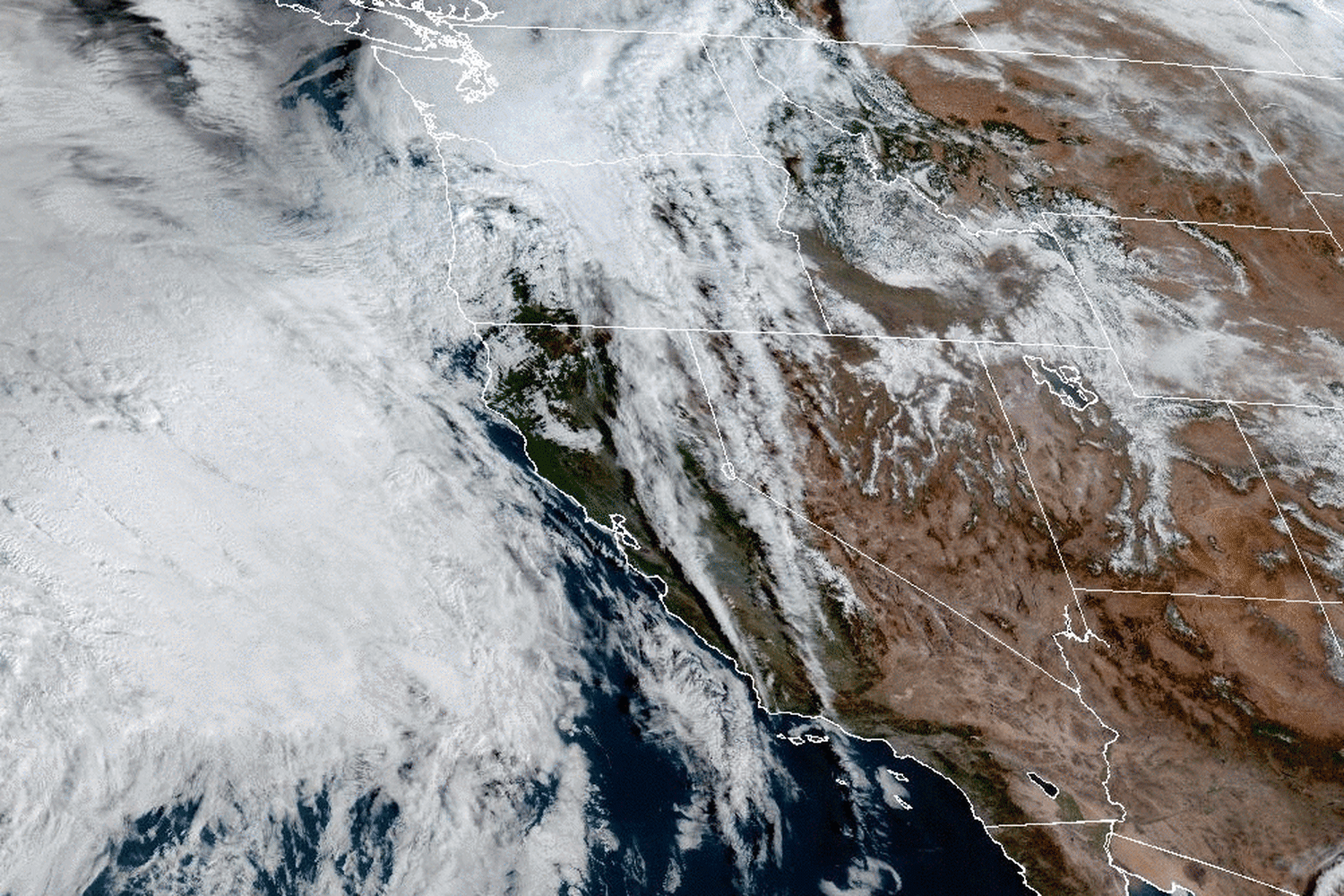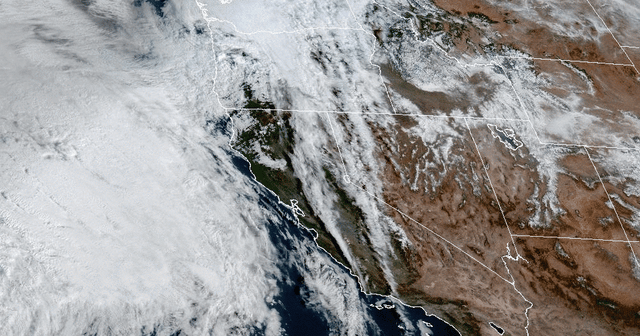Overview
- An atmospheric river, a narrow corridor of concentrated water vapor in the atmosphere, is set to hit California and the West Coast, bringing heavy rains, strong winds, and significant snowfall. The storm is expected to cause localized flooding, particularly in urban areas, roads, small streams, and burn scars.
- The storm is part of a larger weather pattern that is expected to continue into February, with the potential for more atmospheric rivers. This pattern is typical of El Niño conditions, which can direct storms towards California and provide them with a potent supply of moisture from the tropics.
- A recent study led by researchers from Stanford University found that when atmospheric rivers occur sequentially, the economic damage more than triples the expected losses compared to standalone events. The researchers hope their findings can help the public better prepare for flood risks by clearly communicating the compound nature of these risks.
- Atmospheric rivers contribute approximately half of California's annual precipitation and replenish the state's snowpack. However, they can also be associated with extreme events that lead to catastrophic damage. The challenge lies in managing substantial water delivery in short time spans.
- Despite the potential for damage, atmospheric rivers are essential to the Western water supply. They have been responsible for ending more than a third of the region’s major droughts, including the severe California drought of 2012-16. They also contribute to the snowpack, which provides a significant portion of California’s year-round water supply.


